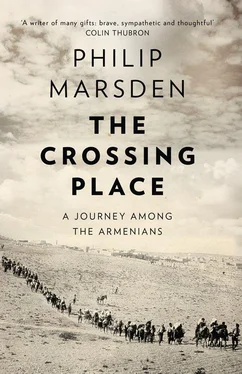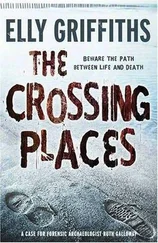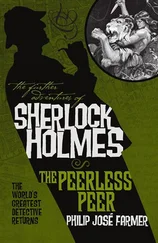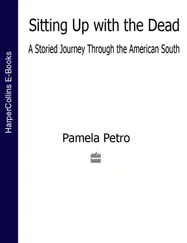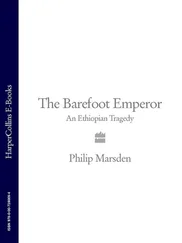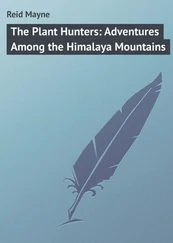Philip Marsden, Ardevora, December 2014
One summer, walking in the hills of eastern Turkey, I came across a short piece of bone. It was lodged in the rubble of a landslip and had clearly been there for many years. I rubbed its chalky surface and examined the worn bulbs of the joint; I took it to be the limb of some domestic animal and dropped it into my pocket.
Beyond the rubble, the land fell away to a dusty valley which coursed down to the plain of Kharput. The plain was hazy and I could just make out a truck bowling across it, kicking up a screen of pale dust in its wake. I carried on down the valley. It was a strange, still place and rounding a bluff, I stumbled on the ruins of a village. A shepherd was squatting in the shade of a tumbled-down wall, whistling. I showed him the piece of bone and gestured at the ruins around him.
The shepherd nodded, wiping together his palms in an unambiguous gesture. He said simply, ‘ Ermeni. ’ Then he took the bone and threw it to his dog.
Ermeni : the Armenians. The guide books hardly mentioned the Armenians. No one mentioned the Armenians, yet everywhere I went over the coming weeks, every valley of that treeless Anatolian plateau, was haunted by them. Arriving one morning on the shores of Lake Van, I took a boat to the island of Aghtamar. The island had once been the court of an Armenian king, the centre of a tiny realm squeezed between Persia and Byzantium, but now it was uninhabited.
Continuing north, around the lower slopes of Mount Ararat, I came to the ruins of the Armenian city of Ani. Its extraordinary thousand-year-old cathedral, in no man’s land between the Turkish and Soviet borders, was open to the sky, shelter for three ill-looking sheep. A long way up a gorge near Digor, I found an Armenian church so perfect in its design that at first I did not notice its collapsing roof, nor the gaps in its walls.
I left Anatolia with a clutch of half-answered questions. Who were these people, and what had happened? I knew about as much as most – that the Turks had done something terrible in the First World War, that Armenia was the first Christian nation, that it had hovered for centuries on the fringes of the classical world. But it was not an explanation. Everything that I learnt about the Armenians only served to deepen the mystery, to make them more surprising, more enigmatic.
The following year I was travelling through northern Syria and came across an archaeologist in Aleppo. He knew a good deal about the Armenians and one afternoon took me to meet Torkom, an elderly Armenian lawyer with a bony face and deep-set blue eyes. Torkom lived alone, at the top of a set of winding stairs. His room was dark and musty and filled with books. A few glass-fronted cases had been built into the wall for manuscripts and they glowed with a yellowy light; they looked like preserved organs in laboratory jars.
When he heard I was interested in the Armenians, Torkom peered at me suspiciously.
‘Why?’
I said I’d been to eastern Anatolia.
‘Yes?’ I told him about the cathedral at Ani and the church at Digor. I told him about the bone and the ruined villages and he shrugged as if to say: ‘What do you expect?’
But when I mentioned Lake Van, he said, ‘My family was from Van. You see my eyes? I have Van eyes – deep blue.’
‘Like the lake,’ I said. He smiled and led me into a back room. A photograph of Mount Ararat hung on one wall. Beneath it was a large desk, covered in papers.
‘Do you know anything about the marches?’ he asked.
‘Very little.’
He opened one of the drawers and handed me the xerox copy of a hand-drawn map. Years of interviews had gone into that map, he said. He had collaborated with an Armenian truck driver who knew every town and village of northern Syria, and they had spliced the oral information with the few written records to draw the map. It looked to me somewhat like a tidal chart: a mass of arrows curling and twisting down the page. But the arrows, when I looked closely, were overlaid on a map of the Near East and they all pointed in more or less the same direction, away from Anatolia, south towards the Syrian desert.
I spent the following day in Torkom’s library.
On 24 April 1915 the Turkish authorities arrested Constantinople’s six hundred leading Armenians. They rounded up another five thousand from the city’s Armenian quarters. Few of these people were ever seen again.
In the interior Turkish forces began to deport the Armenians. Torkom showed me the published report of one of the only foreigners who had witnessed what these deportations really meant. Leslie Davis had been the American consul in Kharput. He had watched the Armenian groups come and go, and had listened to the rumours. Since it was wartime his movements were severely restricted and he had been unable to confirm what he heard. But one morning before dawn he managed to slip out of the town. He rode on to the plain of Kharput.
And wherever he rode he saw the Armenians. They were casually buried in the roadside ditches, their limbs half eaten by scavenging dogs; he saw the heaps of charred bones where the remains had been burned; he saw the swollen bodies of the newly dead and in places they lay so thickly in the dirt that his horse had difficulty avoiding them. As the day wore on, Davis rode further into the hills. He reached the shores of Lake Goeljuk. Here, in the valleys leading down to the lake, the scene was the same: corpses scattered amidst the thornscrub, bunched together in their hundreds – at the foot of cliffs, in gorges, in the hidden folds of land.
Those who weren’t killed at once were gathered into convoys and driven south. These were the marches. Davis had managed to compile an account of just one of these dismal convoys; it had left Kharput on 1 July 1915:
| Day 1 |
3000 Armenians leave Kharput. Escort of seventy zaptieh under command of Faiki Bey. |
| Day 2 |
Faiki Bey levies 400 lira from convoy for its safety. Faiki Bey disappears. |
| Day 3 |
First women and girls taken by Kurds. Open violation by zaptieh. |
| Day 9 |
All horses sent back to Kharput. |
| Day 13 |
200 lira levied by zaptieh. Zaptieh disappear. |
| Day 15 |
Kurdish ‘guard’ take 150 men and butcher them, then rob convoy. Joined by another convoy from Sivas. Numbers swell to 18000. |
| Days 25–34 |
Harassed by villagers. Many women taken. |
| Day 40 |
Eastern Euphrates. Blood-stained clothes on river-bank; 200 bodies in water. Armenians forced to pay to avoid being thrown in river. |
| Day 52 |
Kurds take everything, including clothes. |
| Day 52–9 |
Naked, without food or water. Women bent double from shame. Hundreds die beneath hot sun. Forced to pay for water. Money hidden in hair, mouth, genitals. Many throw themselves into the wells. Arab villagers give them pieces of cloth out of pity. |
| Day 60 |
300 remain from 18000. |
| Day 64 |
Men and the sick burned to death. |
| Day 70 |
150 arrive in Aleppo. |
When I rose after several hours of reading such accounts, I felt dazed and numb. I walked back into the centre of Aleppo, through the high, narrow streets with their 1950s cars and the clattering souks. But I could not erase the images of the massacres. I carried on walking until well after dark and by the time I returned to my hotel had decided to try and find out more. One place in particular had struck me – a certain cave at Shadaddie. I rearranged my plans: I took Torkom’s map and a letter of introduction and left Aleppo for the desert.
Читать дальше
